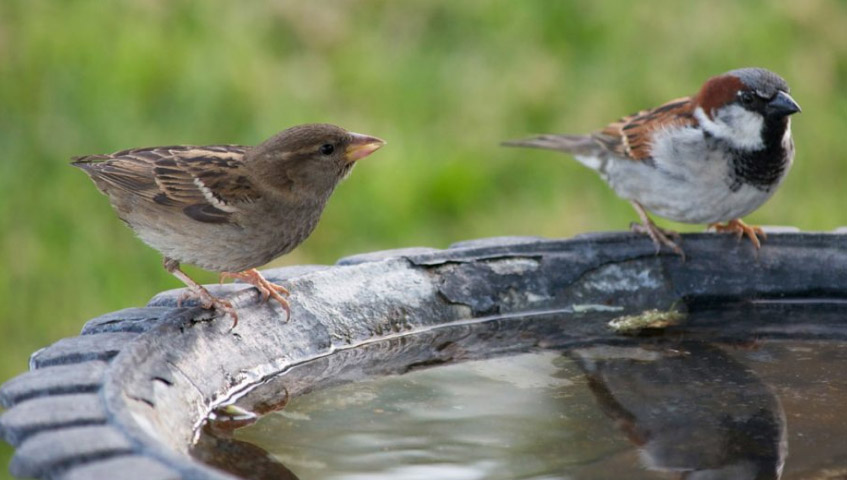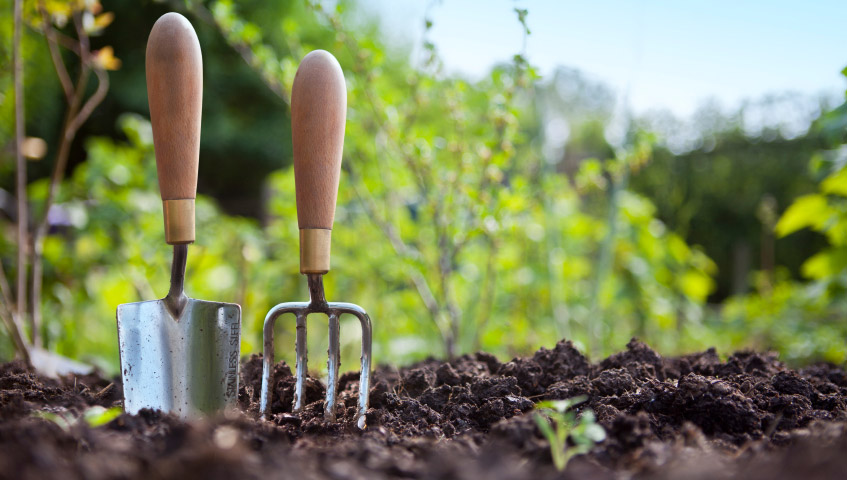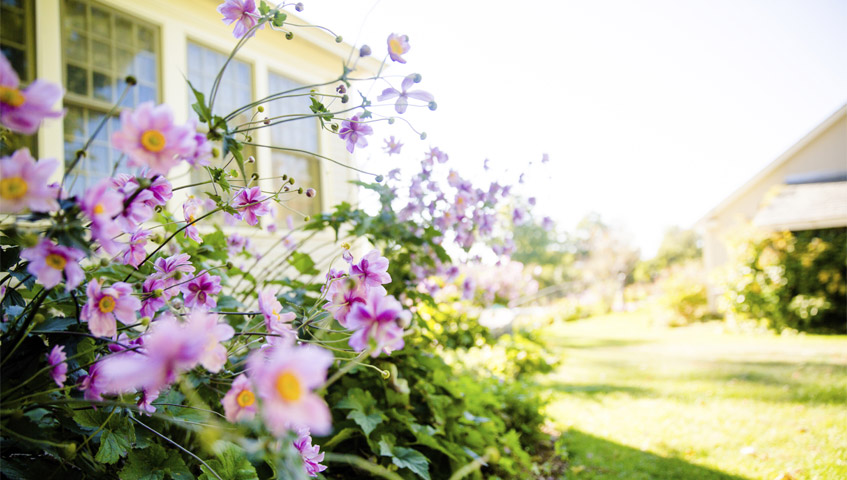Many gardeners delight in the start of November because it feels like a fresh start – its an opportunity to creatively plot and plan next years garden. In other words, your chance to embark on a garden make-over and get things ready for spring next year!
November, of course, also coincides with the emergence of a whole wonderful array of rural wildlife seeking shelter, including native birds and those from abroad in need of winter weather a lot warmer than what they’re used to.
For insects and other garden-seeking creatures, fallen leaves and dying plants are a great source of shelter and food. So, if your surviving plants can survive being surrounded by leaves, it’s a good way of helping our furry – and not-so-furry – friends survive the winter weather blight while we’re tucked up cosy indoors. Having said that, leaves lying around for months on lawns are fatal for grass so those must be raked or sucked up with a leaf vacuum.
Birds
It’s a good idea to start hanging out fat balls for birds around now as well as adding to the summer selection of food you’d normally provide when it starts to get too dry and the wildlife in your garden suffers. But don’t just add peanuts and berries. Like us, our feathered friends have their own preferences too. For instance Robins like to munch on oats, greenfinch and blue tits are partial to black sunflower seeds and tree sparrows can’t see past millet grain. Remember to put out water and check it hasn’t frozen over.

Digging
If you’re going to go the whole hog and make-over your garden or at least divide it into new borders, then now is the perfect time to put your plan into action chiefly because the frosts in November are excellent at breaking up heavy clay soil. And this, thankfully, makes digging far less back-breaking next spring. When digging the ground make sure all the roots from weeds are removed.
Plant care
Now is also a good time to transplant those trees and shrubs to fit in with your new design. If roses, fruit trees, tulips or hard herbaceous plants were part of your plan then plant them now – while there’s still a little warmth in the soil.
For plants you know won’t survive the winter winds and freezing temperatures, wrap them up well in bubble wrap or plastic sheeting and secure with twine. You could also move them to a more sheltered spot, or even indoors. It’s time to pull down the hanging baskets and clear them for next spring.

Other tasks to get stuck into this November include:
- Digging over new beds before Jack Frost descends
- Repairing and cleaning gardening tools then rubbing in linseed oil to prevent rusting
- Planting any shrubs for the following year
- Lifting pots above the ground to prevent them getting water-logged
- Taking hardwood cuttings from roses and shrubs with sharp secateurs.
- Protecting fruit trees by wrapping grease bands around the trunk
- Spreading fresh manure on vegetable beds to allow it to sink into soil over the winter.This will also help keep your plants hydrated in the summer drought.
Make your own leaf mould
Collect leaves lying on your path and terrace and place in garden bags (make sure the bags are thin enough to let light in). Add a little water to the leaves, tie the top of the bags and, with a pair of scissors or knife, make small holes in the bag (this gives the leaves breathing space). Now put them in a sheltered corner in your garden and check from time to time to see if they need any more water. Hey presto next spring you’ll have some lovely rich hand-made plant-boosting formula. And better still, it didn’t cost a penny! It’s time to say bye to summer, and hello to winter!
